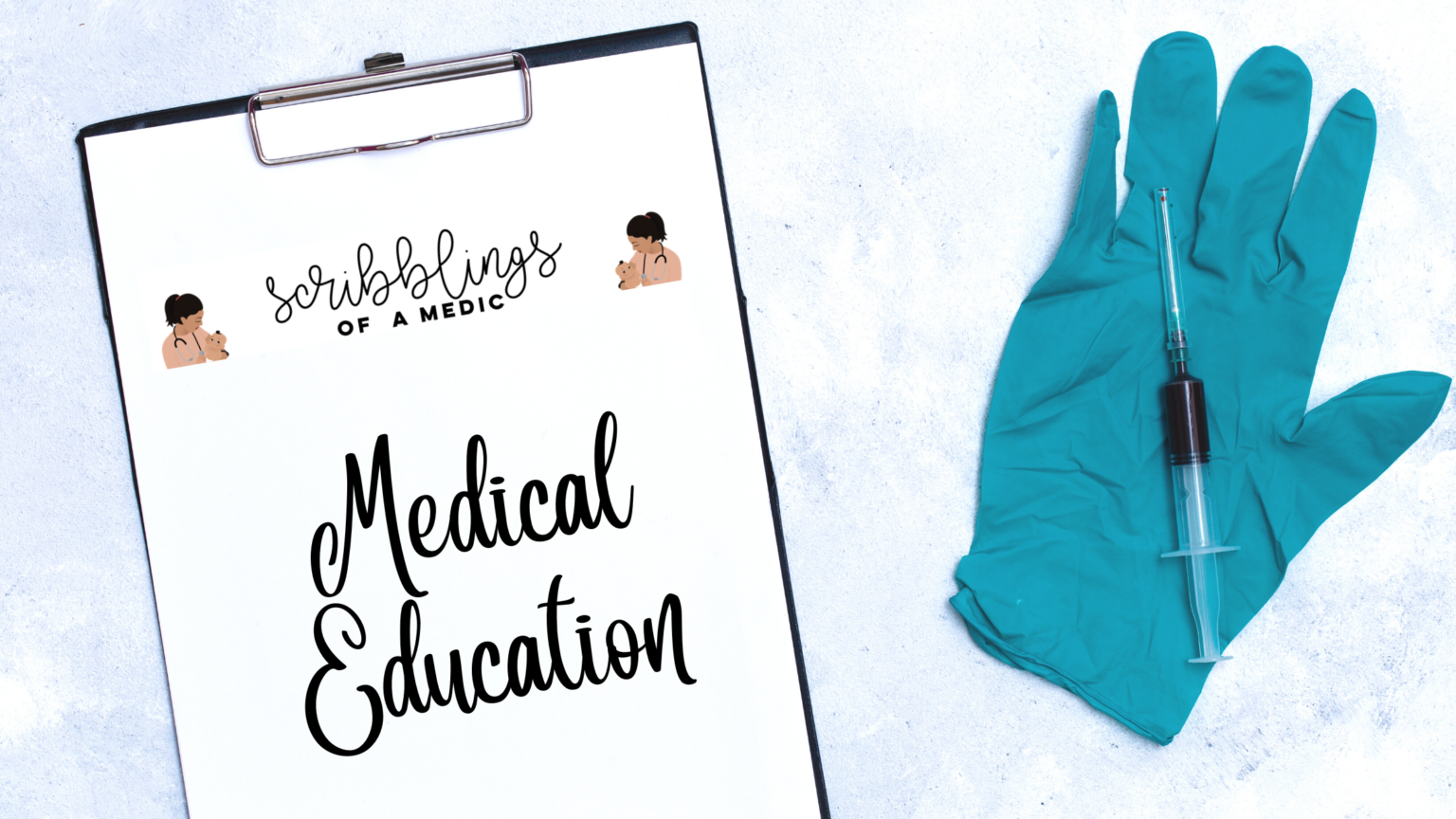Warning: graphic content, not for the faint hearted.
I don’t know why, but for some reason I was the only one who got traumatic amputations on my on call nights. During my 6 month rotation in surgery, there were only two patients who came in with traumatic amputations of a limb and they both came on my on-call night. When I say traumatic amputation, I don’t mean just a finger or a toe missing, I mean no foot below the knee and no hand below the wrist. For an HO, this is a great opportunity to learn and implement emergency management, but it is also a huge pain in the behind. These patients can easily bleed out so you need to arrest the bleeding and monitor the patient’s haemodynamic status continuously.
So what happened?
So I was woken up at 11:00 p.m. on an on-call night (more like banged on the door by the attendant bringing the patient in on a trolley) and rushed to the resuscitation room to find utter panic. There on the trolley was a middle-aged man, heavily under the influence of alcohol, marijuana and god knows what else (nothing unusual!), uncooperatively screaming and kicking around on the trolley, bathed in blood. After quickly donning on gloves and a face mask (ALWAYS WEAR GLOVES), I realised that he was missing a foot.
What do you do?
It’s trauma. It’s an emergency. So go back to the basics. You got to remember the ABCDE of trauma and take your AMPLE history.
- A – open patent airway with cervical spine protected
- B – air entry was equal, respiratory rate was elevated (to be expected) and saturation was 100%. Palpation of the chest did not reveal any tenderness, there was symmetrical breathing, percussion and auscultation was normal. Trachea was central.
- C – patient had tachycardia, but had normal blood pressure, CRFT<2 seconds, mild pallor and peripheries were warm.
- D – GCS 15/15. Pupils equal reactive and responsive to light. CBS normal.
- E – There was a complete traumatic amputation below the right knee which was contaminated and bleeding. On the scene witnesses had tied it with a cloth.
I quickly also palpated the abdomen to rule out any tenderness.
So you shouldn’t take too long to do all this assessment. You need to do them all simultaneously. Ask someone to quickly attach the patient to a monitor so you can monitor most of the vitals together. There should be a team of nurses/attendants to help you, but you should lead the way!
As his airway was patent, a cervical collar was put to protect his c-spine. A face mask of oxygen was applied whilst trying to calm the patient down. Two large bore IV cannulas were applied and blood was taken (- FBC, Group & cross match, S.Cr/BU, LFTS, clotting) and 2 warm IV Normal saline drips were started. Immediately pressure was applied to the open amputated wound to try to stop the bleeding. There is also a specific way of dressing an open amputated wound to arrest the bleeding. A urinary catheter was also inserted to monitor the urinary output.
After stabilising the patient, I did a log roll and went onto the secondary survey looking for any other injuries. I tried taking a quick AMPLE history from the patient, but it was quite difficult as the patient was intoxicated. The police were present, but had no clue about the patient’s background history and were not able to contact any relatives. On questioning the police about the incident, it was believed that the intoxicated man had been driving a three-wheeler and gone straight into a parked jeep whose owners had brought the man to the hospital.
After stabilising the patient I took the patient for X-rays and informed the SHO on-call who came quickly as the wound would need debridement (prepare the patient for GA). The patient was also given analgesic for the pain and IV cefuroxime, IV gentamicin and IV metronidazole as per the SL College of Microbiology National Antibiotic Guidelines (available at Antibiotic Guidelines). IM tetanus was also given. It was quite a task asking a man under the influence to elevate his leg.
The patient was then transferred to a tertiary hospital for orthopaedic opinion on an above-the-knee amputation.
Also just to complete the story, the patient’s amputated foot was brought in a garbage bag the next day by the police!!
How would you classify this type of open fracture?
Gustillo open fracture type IIIC
What are x-rays needed to be ordered?
C-spine, chest and pelvis x-ray. An x-ray of the right leg was also taken.

If this x-ray was given to you at the viva exam, how would you describe it?
What are the components of the AMPLE history?
- A – allergies
- M – medications
- P – past medical history
- L – last meal
- E – events
Important points:
- In all emergency resuscitations remember to wear as much protective gear available (gloves, facemasks, apron).
- Immediately assess the patient using the ABCDE approach.
- Remember that you must act fast and whilst assessing the patient, your management must also be carried out simultaneously – i.e. teamwork.
- Informing your seniors is important! Document it in the BHT.
- Classify trauma fractures using the Gustillo Anderson classification
- Many patients with amputations suffer from “phantom limb syndrome” where they feel the body part that was lost.
- Go through the MESS scoring system (Mangled Extremity Severity Score) as it helps decide if the limb is salvagable.
- Always remember, LIFE BEFORE LIMB!
And if you’re wondering what the other case of traumatic amputation I encountered was – a young army personnel was throwing firecrackers to scare elephants that come near a nearby army camp and one of the crackers (loaded with gun powder) blew up in his right hand. Only his little finger remained. Gruesome, I know.
Helpful links:
- Oscestop
- Antibiotic Guidelines
- Orthobullets for the Gustillo Anderson Classification





